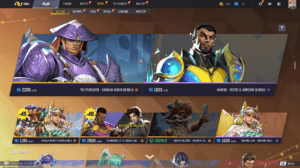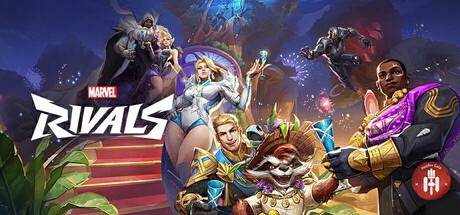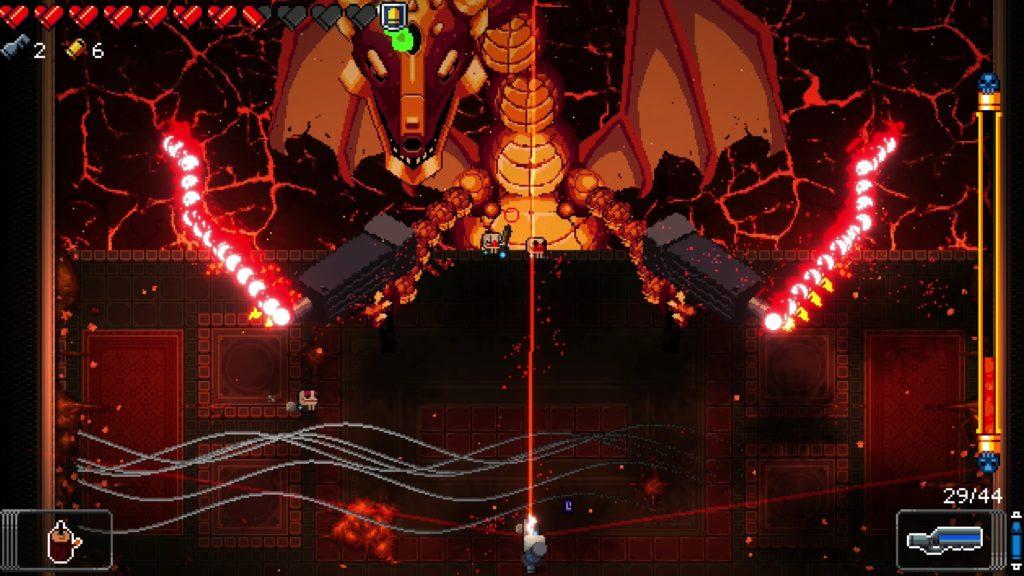With the new release of the Rocket Raccoon “Sunshine Raccoon” skin in Marvel Rivals, developed by NetEase, I logged in for the first time in weeks, and my first impulse was to buy more in-game currency so I could grab the skin. I have a bad habit of collecting cosmetics in games, but this time, I paused to ask: Was I making this purchase because I wanted the skin or because the game gave me the urgency to?” More importantly, how might this game be putting me (or other players) at risk for addiction?

Screenshot: Rocket Raccoon – Sunshine Raccoon!
Marvel Rivals is rated T for Teen, and that rating feels appropriate not just for its violence but for its psychological systems too. The game is marketed as a fast-paced hero shooter, but it follows the familiar live service model, where content is released gradually through seasonal updates, time-limited cosmetics, and a rotating store. These techniques, known as fake urgency and confirm shaming, create a feeling of scarcity and social pressure addicting the player.
Marvel Rivals uses probability-based matchmaking to pair you with players of similar skill levels. This creates a consistent sense of challenge that I find genuinely fun. Because the system works to keep matches balanced, I rarely experience games where my team completely dominates the other side or gets steamrolled ourselves. Instead, most matches feel competitive and fair, which adds to the excitement and satisfaction of each win. While randomness is involved in how players are matched, it’s used here in a way that enhances the gameplay experience rather than manipulates it. That said, this balance also keeps players locked in a cycle of “just one more game,” a pattern known as a nagging loop, which can exploit a player’s desire for mastery and progress, particularly among younger players.
This game also removes a gambling aspect found in many other online multiplayer games. Unlike games such as Overwatch, which lock characters behind grinding or paywalls in what Rock Paper Shotgun calls the “living dead” model of player retention, Marvel Rivals gives players immediate access to its full roster. This eliminates the common frustration of spending hours unlocking a hero only to discover they do not match your play style. In games with locked characters, players are essentially gambling with their time and money, hoping that a character will suit their preferences without being able to try them first. If they guess wrong, they may feel pressured to keep grinding or to pay to unlock someone else. Marvel Rivals avoids this issue by allowing players to experiment with every hero from the beginning. With so many characters to try, this also makes me more excited to keep playing the game and get skins for them.
Comparison screenshots of Character Selection Screens

Screenshot: Marvel Rivals (all heroes unlocked) for new player accounts

Screenshot: Overwatch (heroes locked behind progression) for new player accounts.
The battle pass system in Marvel Rivals also shows more respect for the player’s time. Unlike games like Apex Legends, which pressure players to complete challenges before the season ends, Marvel Rivals allows you to progress through any previously purchased battle pass at your own pace. In other games, I often find the countdown to the season’s end daunting. I end up spending the last few days grinding challenges and even thinking about whether I should spend money just to finish the battle pass. Now that we are in the second season of Marvel Rivals, I realize I did not feel that same pressure during the first season. I saw the countdown, but I knew I would still be able to keep progressing through the pass even after the season ended.

Screenshot: All of the past battle passes in Marvel Rivals
Now why did I buy the skin? Although the game does not use randomness like loot boxes in Overwatch, its rotating shop mimics some of the same psychological mechanics we discussed in relation to Fortnite. Players often feel urgency because they do not know when or if an item will return. That fear of missing out (FOMO) can drive impulsive decisions. But did I feel this? Not necessarily. Even though the shop rotates, it usually takes weeks for items to leave, which removes a lot of the urgency. I can see how this might become a problem for younger players or those with poor impulse control, but in my case, the only skins I have bought so far are for characters I actually enjoy playing!

Screenshot: Marvel Rivals Store Page
Overall, these features show that Marvel Rivals succeeds in fostering long-term player engagement by supporting the core principles of Self-Determination Theory (SDT), which argues that people are most motivated when they experience autonomy, competence, and relatedness. The game supports autonomy by allowing players to progress through previously purchased battle passes at their own pace, removing the artificial time pressure that many other live service games rely on. This gives players control over how and when they engage with content, making their involvement feel voluntary rather than forced. It promotes competence through skill-based matchmaking, which ensures that players are consistently challenged but not overwhelmed. Because most matches feel fair and competitive, players are more likely to experience a sense of mastery and improvement over time. Finally, Marvel Rivals fosters relatedness through its cooperative gameplay and team-based dynamics. By encouraging coordination and complementary roles, the game helps players feel like a team.
Game developers have a responsibility to prioritize these psychological needs. When players feel pressured to make purchases quickly or repeatedly because an item might disappear, it can lead to compulsive spending and even addictive behaviors. Ethically, developers must recognize that their design choices impact players’ well-being and financial health. They should prioritize transparency by clearly communicating the availability and nature of offers without hidden conditions or misleading tactics. Additionally, developers should respect player autonomy by avoiding manipulative urgency that coerces spending rather than encouraging voluntary engagement. It is also important to consider informed consent as players should have a clear understanding of what they are buying and why, rather than being nudged toward purchases through psychological tricks. Ultimately, ethical game design means balancing profitability with respect for players’ mental and emotional health, fostering trust rather than exploiting cognitive biases. By doing so, developers can build sustainable, positive relationships with their communities that benefit both players and the gaming industry.




